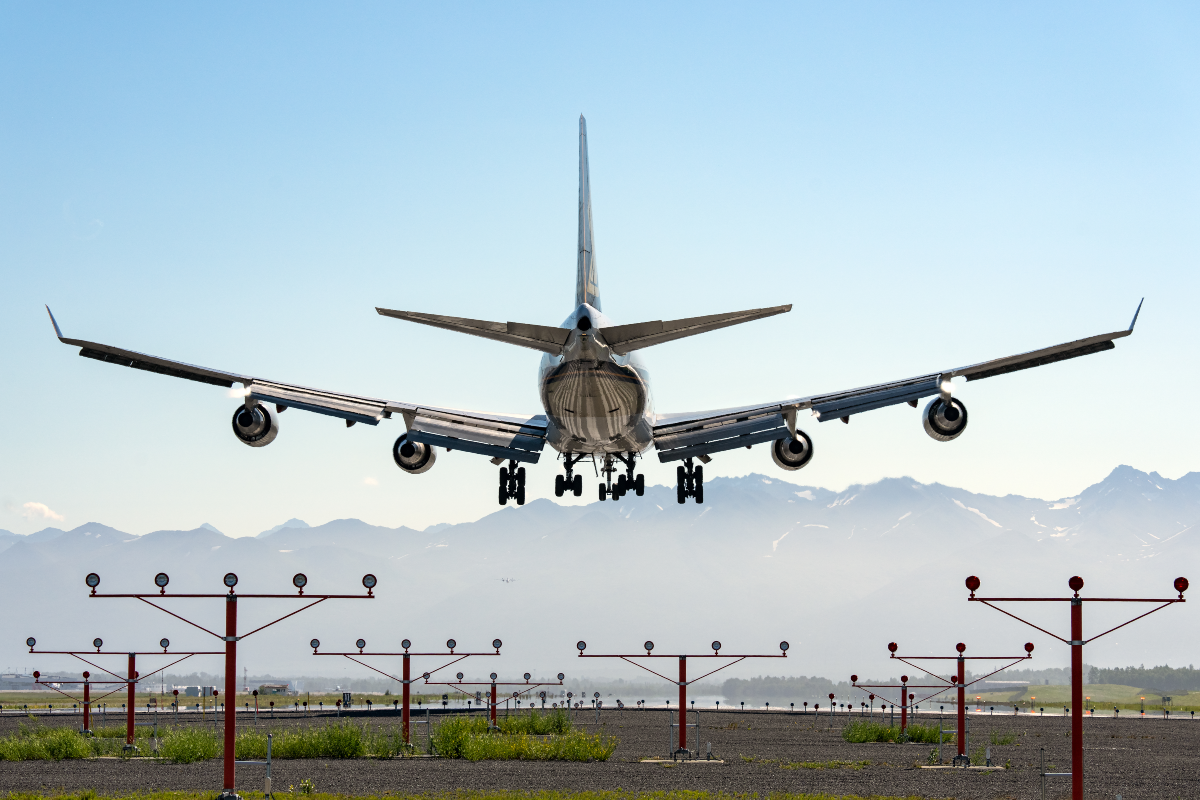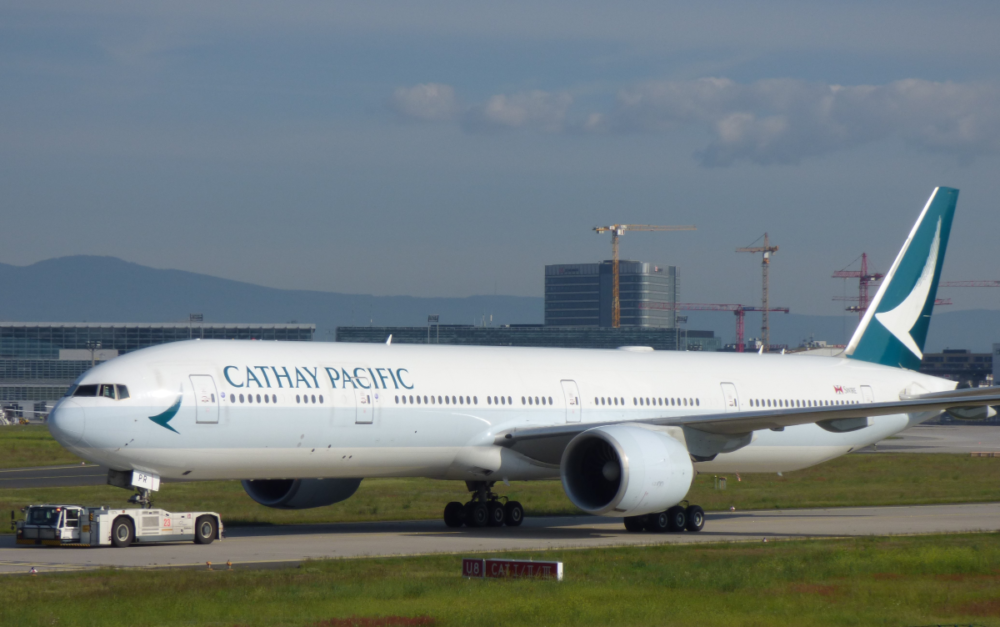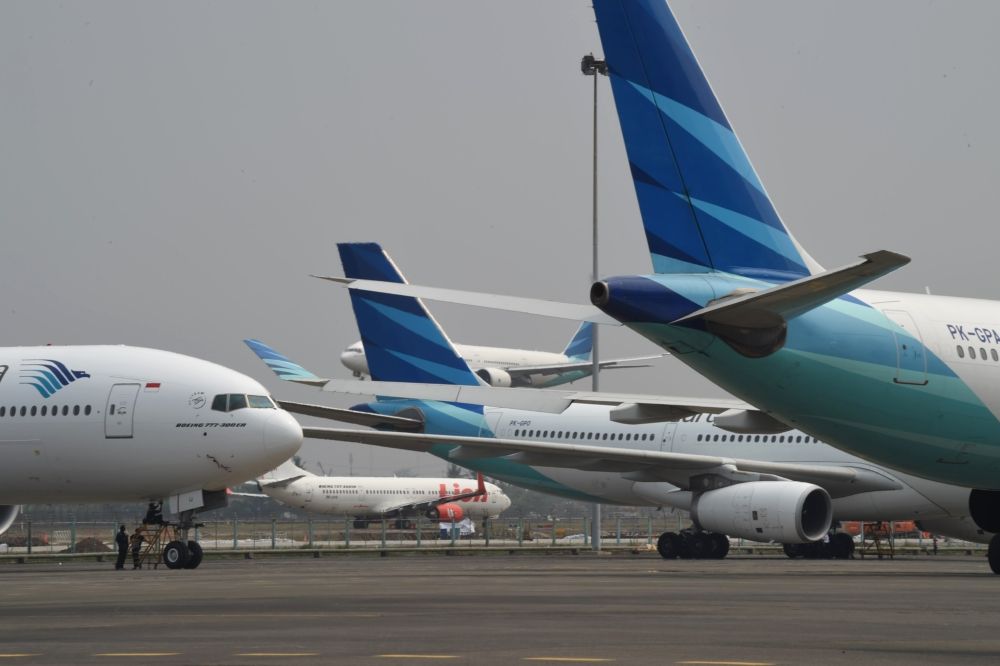Ongoing travel restrictions and border closures continue to plague international airline travel in the Asia-Pacific region. The region’s airlines carried just 1.4 million international passengers in June, or just 4.4% of the 32 million carried in the corresponding month in 2019.
June's numbers up fractionally on May's figures
The Kuala Lumpur-based Association of Asia-Pacific Airlines (AAPA) has released the region's international traffic figures for June. They revealed a fractional improvement over May's numbers. In contrast to June, 1.3 million international passengers flew on the region’s carriers in May, representing just 4.3% of the volumes carried in the same 2019 month.
"The already dire situation has recently been compounded by new COVID-19 infections across the region due to the Delta variant," says AAPA Director-General Subhas Menon. "Ongoing border restrictions are holding back any meaningful restart in international travel markets."
The airline industry group speaks with a common voice on behalf of 14 member airlines drawn from the Asia-Pacific region. Member airlines range from smaller carriers like Royal Brunei Airlines to traditional heavy hitters such as Singapore Airlines and Cathay Pacific.
Stay informed: Sign up for our daily and weekly aviation news digests.
Passenger numbers are still way down on comparable 2019 levels
While some member airlines have domestic networks to fall back on, others do not. What they all have in common is a lack of business on international routes across the Asia-Pacific region.
Singapore Airlines flew 114,200 passengers in June. In contrast, the airline flew 1,883,000 passengers in June 2019. Passenger loads in June 2021 on Singapore Airlines were 17.2% compared to 86.7% in June 2019.
Japan Airlines, which does have a domestic network to help prop up ailing international operations, flew 54,984 passengers on international sectors in June. By way of comparison, the Tokyo-based airline flew 784,199 international passengers in June 2019, including 501,591 passengers around the Asia-Pacific region.
Garuda Indonesia has only published traffic data up to May. Like Japan Airlines, they have a substantial domestic network. Like Japan, Indonesia is also grappling with waves of COVID-19. In May 2021, Garuda Indonesia's international flights flew 8,121 passengers.
In the same month, Garuda Indonesia's CEO, Irfan Setiaputra, told employees the airline needed to be comprehensively restructured. “Failure to carry out the restructuring program could result in the company being terminated suddenly,” he warned.
“Many Asian economies are facing renewed challenges in bringing the pandemic under control and in progressing vaccination roll-outs," the AAPA Director-General said last week. "Prospects for an early recovery for Asian airlines remain dim unless cohesive action is taken by governments to accelerate vaccination roll-outs and reopen borders safely."
Cargo remains a bright spot for airlines across the Asia-Pacific region
Cargo continues to be the saving grace for most airlines throughout the Asia-Pacific region. Most regions worldwide are also seeing strong demand for air cargo services.
"Several factors have contributed to the strong air cargo demand," says airline data consultancy OAG. Those factors include strengthening global economic activity, trade, and a rise in consumer spending, including e-commerce.
Also driving cargo demand is a lack of commercial flights in the Asia-Pacific regions. Trimmed down commercial passenger flight timetables are disrupting supply chains, with the bulk of the world's air cargo normally traveling in the belly holds of scheduled passenger services.
AAPA says cargo capacity has seen an 11.7% year-on-year increase, leading to an 8.2% point jump in the average international freight load factor to 73.3% for June 2021.



